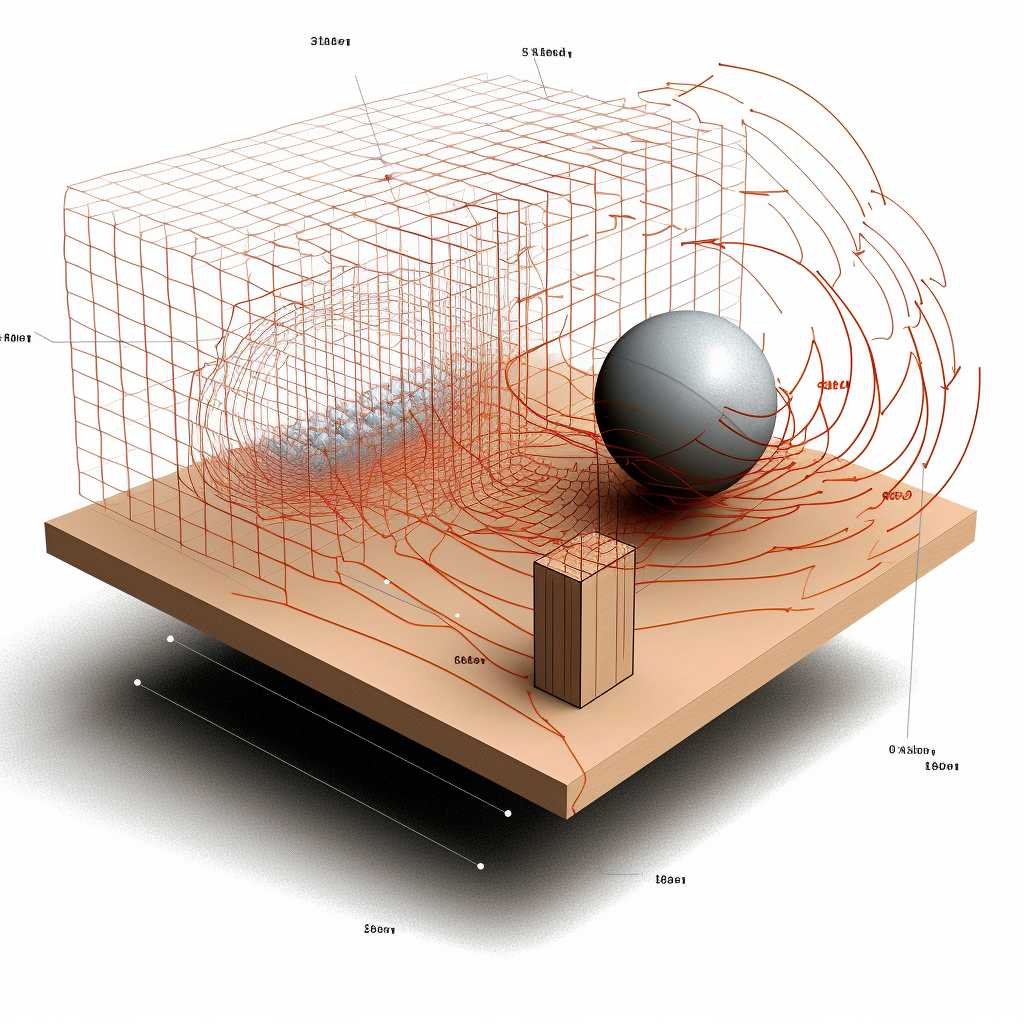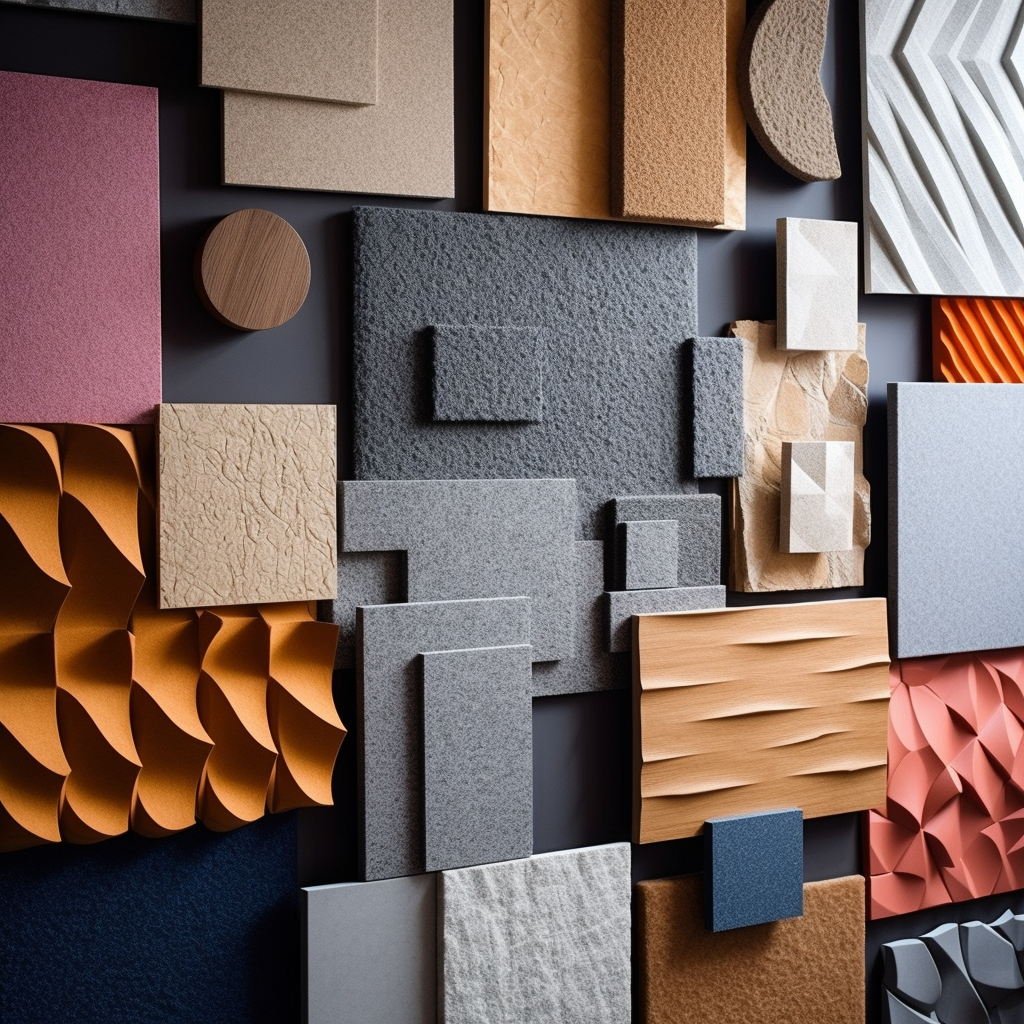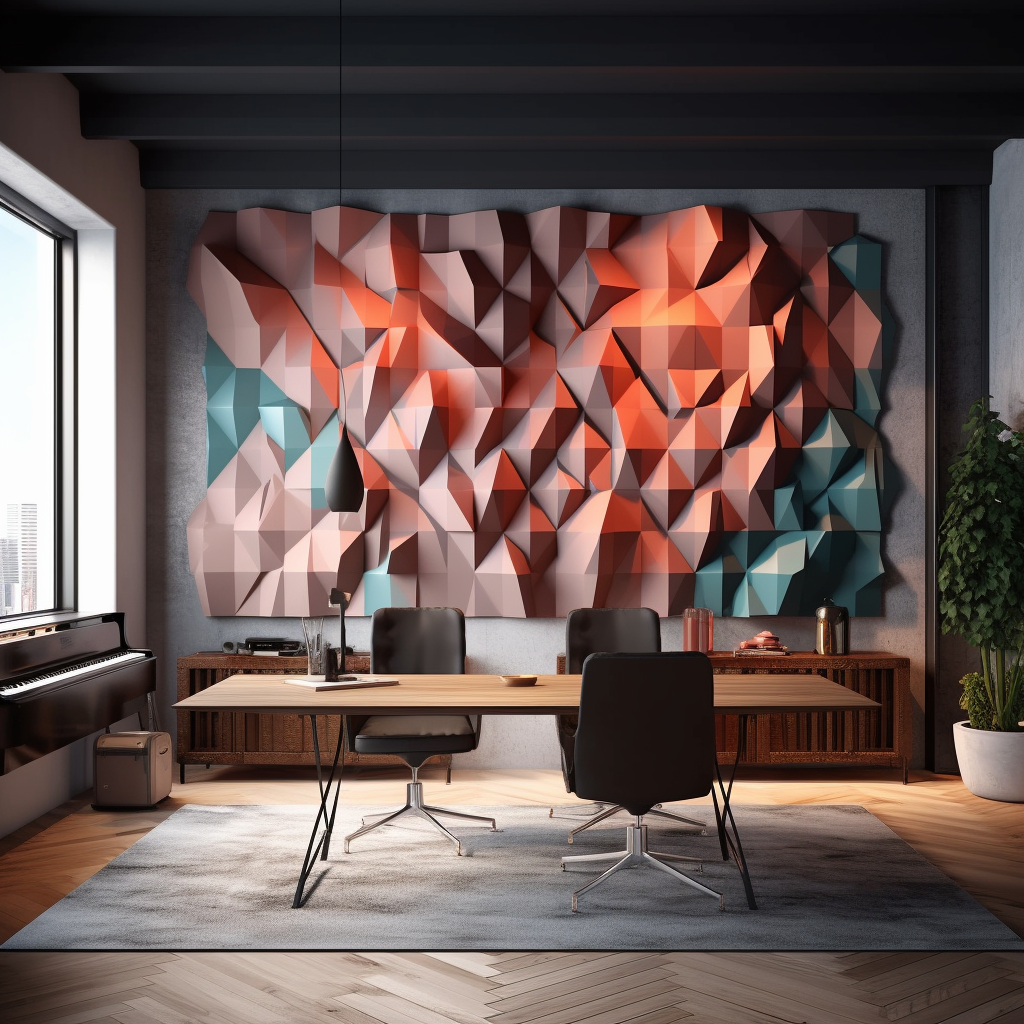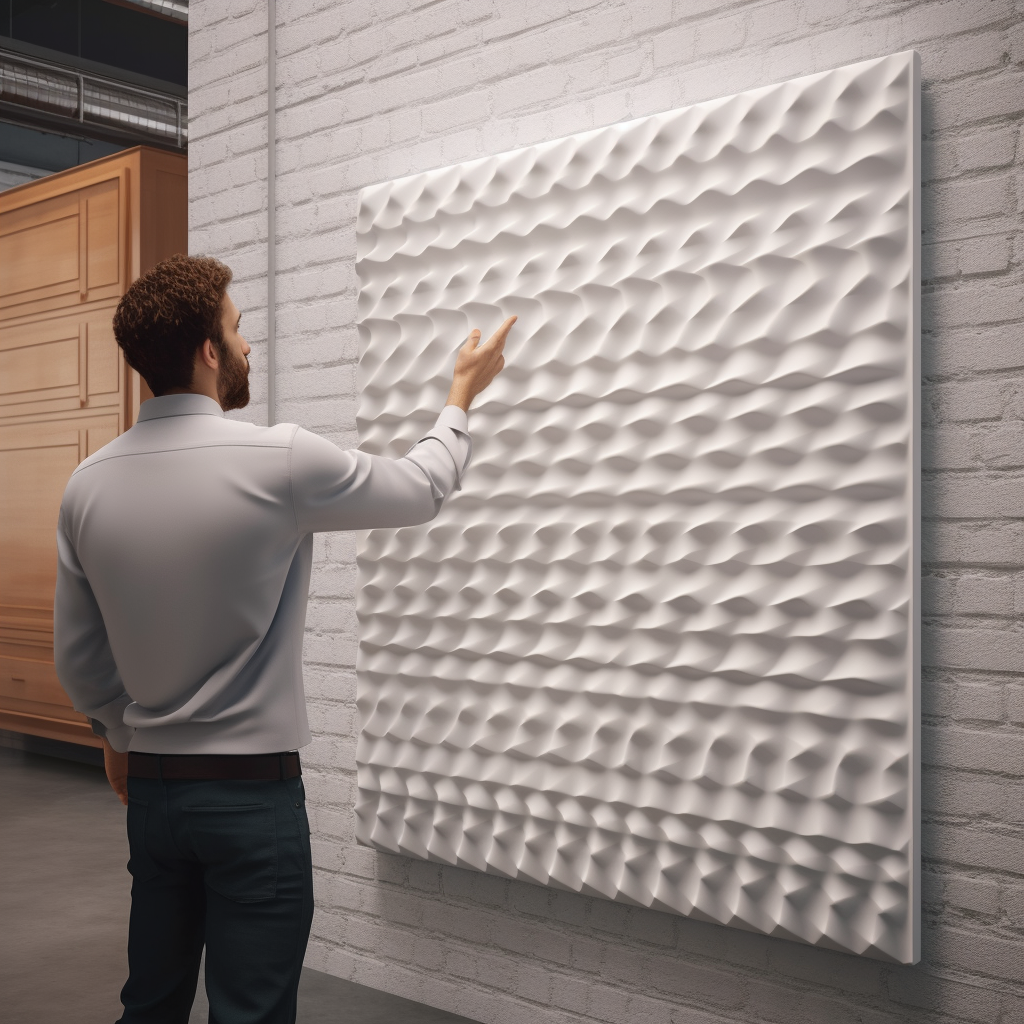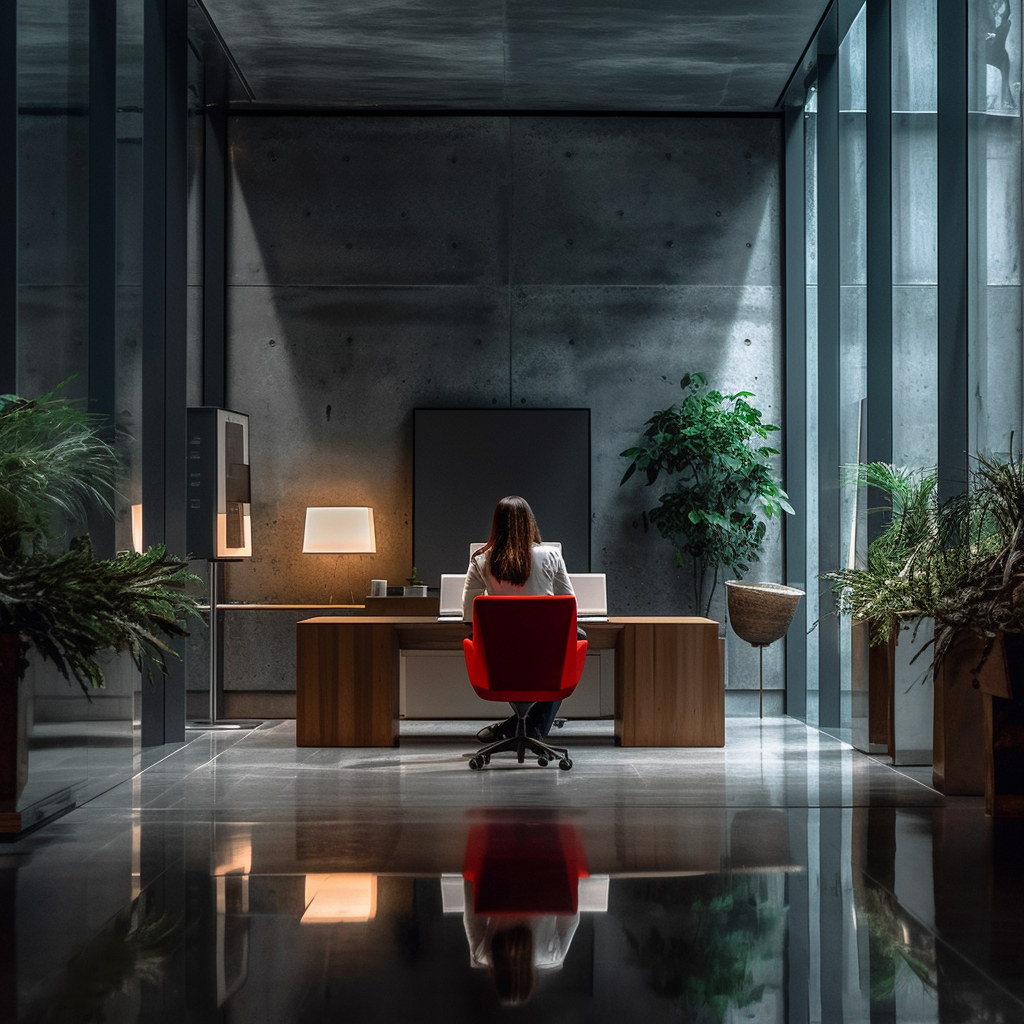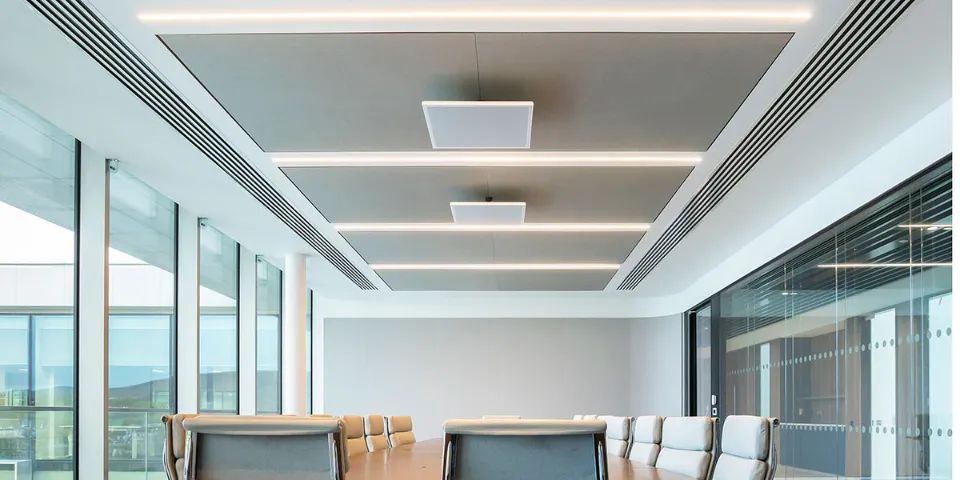Designing Echo Free Spaces
Have you ever stepped into a room, but the moment you speak, your voice bounces off the walls, creating an echo? It’s a bit unsettling, isn’t it? That’s the power of sound, or more accurately, the management of it. It has a significant impact on our experiences within a space. Yet, in the bustling world of architecture and interior design, the importance of acoustics often slips through the cracks.
Well, it’s high time we shift that focus!
Whether you’re an architect, engineer, or interior designer, you have the power to transform not just how a space looks but also how it sounds. That’s where the magic of acoustic solutions, like acoustic panels for walls, comes into the picture.
In this article, we’re going to take a deep dive into the world of acoustic solutions. We’ll explore how we can optimise wall surfaces with acoustic panels for effective echo reduction. We’ll unravel the science behind these panels, discuss their benefits, and even guide you on their placement and maintenance.
1. Understanding Echo: Causes and Impacts
Echoes occur when sound waves bounce off hard surfaces and return to the listener. This can cause a range of issues, from minor annoyances to significant communication issues. In spaces like offices, restaurants, or classrooms, poor acoustics can lead to decreased productivity and increased stress levels.
2. Are Acoustic Solutions An Effective Echo Reduction Method?
Acoustic foam has been a popular choice for echo reduction. It works by absorbing sound waves, reducing their intensity and preventing them from bouncing back into the room. However, while effective to a degree, acoustic foam is not always the most aesthetically pleasing or practical solution, particularly in professional or public spaces.
3. Introducing Acoustic Panels for Walls
Enter acoustic panels for walls. These are specially designed panels that can be mounted on walls to control and reduce echo. They come in a variety of materials, sizes, and designs, making them a versatile solution for different spaces. Acoustic panels in Ireland are gaining popularity for their effectiveness and design flexibility.
4. The Science Behind Acoustic Panels: How They Work
The science behind acoustics is both fascinating and complex. At their core, these panels work by absorbing sound waves, much like acoustic foam. But that’s where the similarities end. Acoustic panels typically have a more substantial impact on sound absorption due to their unique design and materials.
Let’s break it down a bit.
Acoustic panels are often made of porous materials. These materials have tiny holes or spaces that allow sound waves to enter. Once inside, the sound waves lose energy as they bounce around and collide with the material’s fibres. This process reduces the energy of the sound waves and, consequently, the echo.
But it’s not just about absorbing sound waves. The design of these panels also plays a crucial role in their effectiveness. Many panels feature a special design that helps to scatter sound waves, further reducing echo and improving the overall sound quality in a room.
A study titled “Correction of Acoustics in Historic Opera Theatres with the Use of Schroeder Diffuser” provides an excellent example of the impact of acoustic solutions. In this study, researchers replaced textile tapestry in a historic opera theatre with diffusion panels. The result? A significant reduction of sound absorption for the frequency range above 1 kHz. This change led to an increase in the uniformity of acoustic parameters registered in the hall, improving the overall sound quality.
This study highlights the power of acoustic control. By strategically replacing traditional materials with specially designed acoustic materials, we can significantly improve the acoustics in a space. And it’s not just about reducing echo. It’s about creating a more balanced, comfortable sound environment.
So, whether you’re designing a new space or looking to improve the acoustics in an existing one, consider the power of acoustic solutions. With their unique design and materials, they offer an effective solution for managing sound and reducing echo. And as the study shows, the results can be quite impressive.
5. Benefits of Sound Control for Echo Reduction
Sound-reducing panels offer several benefits:
- Effective echo reduction: They absorb sound waves, reducing echo and improving the overall sound quality in a room.
- Design flexibility: Acoustic panels come in various designs and can be customised to fit the aesthetic of any space.
- Easy installation: They can be easily mounted on walls, making them a practical solution for different settings.In another study, “Analysis on Absorption Sound Acoustical Panels from Egg Tray with Corn Husk and Sugar Cane“, it was found that the sound absorption coefficients (SACs) for the respective forms of the panels were 0.9600, 0.9700, and 0.8900 under low-frequency conditions. In relation to the case of noise reduction coefficients (NRCs), the values obtained for the selected panels include 0.5500, 0.5900, and 0.5000. These statistics highlight the effectiveness of these panels in absorbing sound and reducing echo.
6. Do I Need to Coat Every Wall With Acoustic Solutions?
When it comes to managing acoustics in a room, it’s easy to assume that more is better. After all, if a little bit of acoustic foam can reduce echo, wouldn’t coating every wall in it solve the problem entirely? While this might seem logical, it’s often unnecessary and, in many cases, impractical.
Think about it. Covering every inch of your walls in acoustic foam can be quite an undertaking. It’s not just about the cost of the materials, which can add up quickly, especially in larger spaces. There’s also the time and effort involved in installing the foam, not to mention the potential impact on the room’s aesthetics.
While acoustic foam is effective at absorbing sound waves, it’s not the only solution. In fact, in many cases, strategic placement of sound-absorbing panels can provide excellent echo reduction without the need for complete coverage.
Acoustic panels for walls are designed to absorb sound waves, reducing their energy and, consequently, the echo. They come in a variety of materials and designs, offering more flexibility than acoustic foam. This means you can choose panels that not only perform well but also complement the room’s aesthetic.
But how do you determine where to place these panels for maximum effect? It’s all about understanding how sound travels in a room. Sound waves bounce off hard surfaces, creating echoes. By placing panels on these surfaces, you can absorb these sound waves before they have a chance to bounce back.
Consider the room’s size, shape, and purpose. Is it a large, open space, or a small, enclosed room? Is it square or rectangular? Is it used for focused work, casual conversation, or playing music? All these factors can influence where sound waves are most likely to bounce back and, therefore, where the panels would be most effective.
7. Determining the Optimal Placement of Acoustic Panelling
Determining the optimal placement of acoustic wall panels is a bit like solving a puzzle. It’s not just about slapping panels onto walls and hoping for the best. Instead, it’s a thoughtful process that takes into account several factors to ensure the most effective echo reduction.
Firstly, consider the room’s size. Larger rooms with high ceilings often require more acoustic partitions due to the increased space for sound to bounce around. Conversely, smaller rooms might need fewer panels, but strategic placement becomes even more crucial to prevent sound waves from bouncing off hard surfaces and creating echoes.
Next, take into account the room’s shape. Is it a perfect square, a rectangle, or does it have a more complex layout? The shape of the room can influence how sound travels and where it’s most likely to bounce back. For instance, in a square room, sound waves are more likely to bounce back directly opposite their source, while in a rectangular room, they might bounce back at different angles.
The room’s purpose also plays a significant role in determining the placement of acoustic panelling. For example, in a home theatre or recording studio, you’d want to place panels at the first reflection points. These are the spots where sound directly from the speakers meets sound reflected off the walls, leading to echo and distortion. Placing panels at these points can significantly improve the sound quality.
In an office or classroom, on the other hand, the goal might be to reduce overall noise levels for better concentration. In this case, you might place panels on the back wall and ceiling to absorb sound that would otherwise bounce back into the room.
A general rule of thumb is to place panels on the surfaces where sound waves are most likely to bounce back. This often includes the wall directly opposite the sound source, as well as any hard surfaces that sound waves might hit at an angle.
Remember, every room is unique, and what works for one might not work for another. It’s all about understanding the room’s acoustics and experimenting with different placements until you find what works best.
In the end, the goal is to create a space that not only looks good but sounds good too. And with the right placement of acoustic layering, you can do just that.
8. Maintaining and Cleaning The Panels
Maintaining acoustic padding is relatively straightforward. Regular dusting and occasional vacuuming are usually sufficient to keep them in good condition. However, always follow the manufacturer’s cleaning instructions to avoid damaging the panels.
9. Creating an Echo-Free Environment with Sound Absorbing Panels for Walls
In conclusion, acoustic panels for walls offer an effective and aesthetically pleasing solution for echo reduction. They provide a balance between functionality and design, making them an excellent choice for architects, engineers, and interior designers.
As we strive to create spaces that are not only visually appealing but also acoustically comfortable, it’s worth exploring the range of acoustic solutions available. One such product is the “Vibe by Visions” acoustic solutions, which offer a variety of high-quality, fully customisable and sustainable acoustic products.
Remember, the goal is to create an environment that enhances our experiences and interactions. By optimising wall surfaces with acoustics, we can significantly reduce echo and improve the overall sound quality in our spaces.
Explore the world of acoustic solutions with Vibe by Vision. Discover how you can transform your spaces into echo-free environments today.
